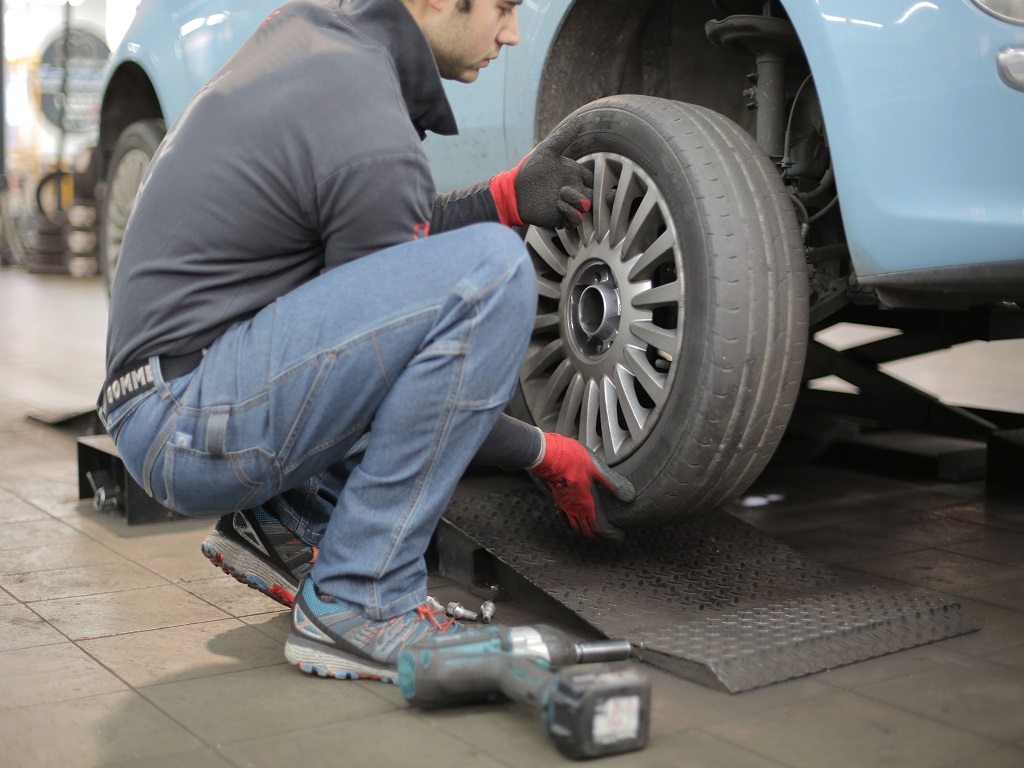
Car repairs can be expensive. Fortunately, you don’t have to be a car mechanic to fix common auto problems. The truth is, with a basic toolkit and your owner’s manual, you can carry out uncomplicated repairs to your car and keep it in top shape all year round. Here are some tips to help you get started.
Get Your Hands Dirty
Spend some time under your hood and familiarize yourself with the parts of your vehicle. If you don’t know what something does, look up its function online or in your owner’s manual before beginning any repairs.
Check Your Owner’s Manual
Your owner’s manual will provide information on how to properly maintain your vehicle and how to diagnose common issues that arise during operation. It also provides instructions for performing simple maintenance tasks like changing the oil or replacing brake pads — all things that will save you money.
Get a Tool Kit
A good tool kit is essential for any DIY mechanic — no matter how small or simple the job may seem at first glance! Most auto parts stores sell complete kits that include wrenches, sockets, pliers, and other hand tools needed for basic engine maintenance tasks such as spark plug replacement. If a toolkit is too expensive, check if you can rent one from a local mechanic.
Make a Note of Your Car’s Repair History
Maintaining a repair log is one of the most important things you can do as a DIY mechanic. List out the details of the work you carried out, how much it cost you, and whether your efforts were successful or not in your log book. If you know your car’s repair history, it will be much easier for you to troubleshoot problems when they arise in the future. Alternatively, if you must take your car to a mechanic, you’ll be able to explain exactly what you’ve been doing to service it on your own so far.
While it’s a good idea to do small repairs on your own, make sure to get it inspected by the mechanic every year or once you hit 3,000 miles.




